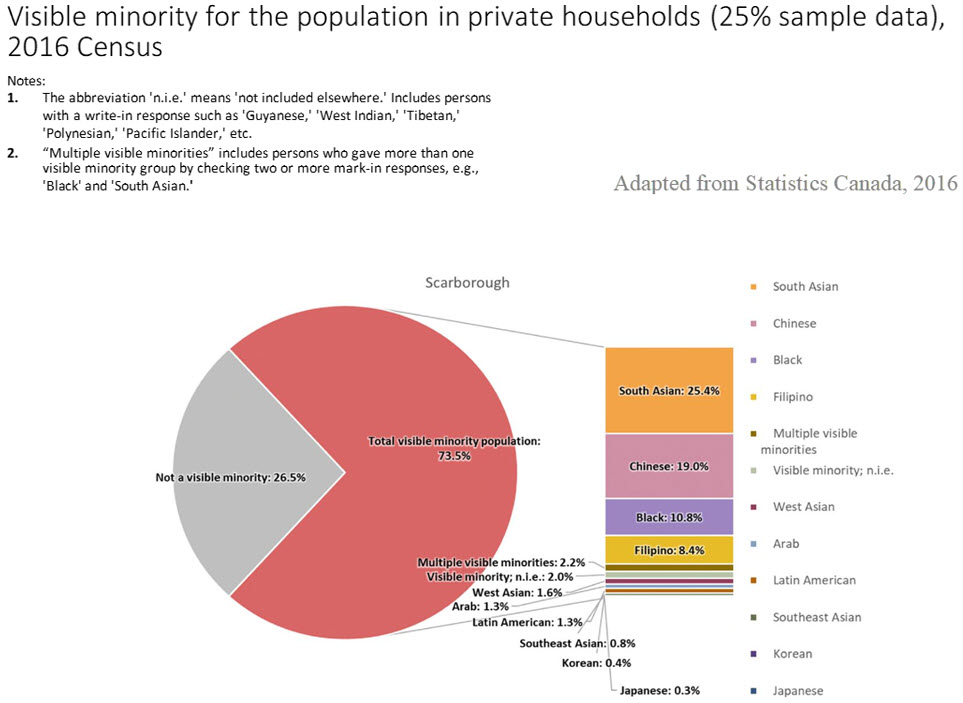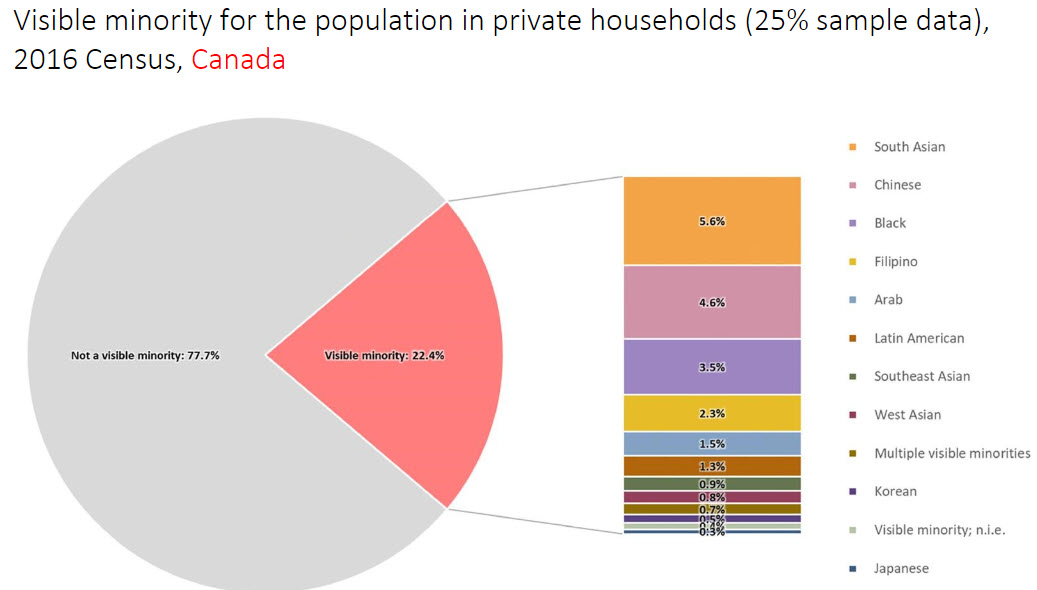Commentaire 398 – commentaires et rétroaction
Les documents ci-dessous sont affichés dans la langue officielle d'origine tels qu'ils ont été reçus.
Retour aux commentaires et rétroaction du public
John Stapleton
Open Policy Ontario and Scarborough Community Renewal Organization (SCRO)
attachment:
Brief to the Ontario Commission for Redistribution of federal districts
My name is John Stapleton. I am a resident and a voter in Scarborough Agincourt. I study social and economic policy.
I have lived in Northern Scarborough for the last 44 years. In the new millennium, I have been President of a Canadian non-profit Board and a Chair of an Ontario agency. I currently chair an Ontario Commission.
I know what it's like to live within government rules and constraints.
I also know that you have choices - and in my view – you have not made those choices – you have only apologized for the constraints under which you tell us you must live.
I have also lived through many electoral boundary changes but I can tell you that for the first time in 2018 – all our Scarborough electoral boundaries at all levels of government – for the first time in living memory – became the same.
In Scarborough, we achieved a new level of electoral transparency and fairness that we had not seen before.
Now your Commission is not only going to change boundaries within Scarborough – you are suggesting changes in Scarborough's boundaries itself.
And this after changing the electoral boundaries in 2013.
Not only does these moves degrade our participation in democracy in Scarborough – they reduce Toronto's participation overall.
At the Scarborough Community Renewal Organization (SCRO), we do ‘get' why you are proposing the changes.
We understand the algorithm for change – we understand the movements in population – and we do understand the constraints you are under to propose the new boundaries and a reduction in seats.
But whether other boundaries stay the same or change, this creates either confusion or upheaval - take your choice. If provincial and municipal boundaries change, there is more upheaval -if they stay the same, then the boundaries are out of sync.
I don't really need to review with you just how grotesque and damaging the changes you propose actually are so I will just touch on some highlights (paraphrased or quoted from recent media).
Since 2011, the City of Toronto has grown by more than 179,000 residents. That's more people than live in Prince Edward Island. The people of PEI are represented by four seats in the House of Commons, and they will still have four Members of Parliament in the next election. And despite adding more people than the population of PEI, Toronto is slated to lose a seat.
Over the past decade, Ontario added almost two million people, or more than the combined populations of New Brunswick and Saskatchewan. For its nearly 1.2-million residents, Saskatchewan gets 14 seats – around 84,000 residents per riding. New Brunswick's 789,225 people get 10 seats, or roughly 79,000 people per riding.
In 2011, Ontario's 12.9-million people were entitled to 121 seats, or roughly 106,000 people per riding. So, after growing by almost two-million people, how many new seats is Ontario getting? Just one.
In written statements after releasing its proposal, the commission said it must reduce Toronto's districts by one, but add two outside the city limits because of faster population growth in suburbs around Toronto.
The commission had to propose many new boundaries "to correct wide variations in voter equality that have emerged across the province over the past decade," Justice Lynne Leitch, its chairperson, said in an Aug. 19 release.
As the Globe and Mail reported:
Welcome to the strange, undemocratic formula that decides how many MPs each province is entitled to. It's a great, unsung, Canadian antidemocratic shame.... the formula Parliament created to allocate Commons seats is designed to give a bonus to provinces with a history of low population growth.
The formula is also designed to ensure that this bonus, and the shortchanging of everyone else, increases over time. That's how two-million new Ontarians translates into just one new seat, and why a growing Toronto is losing a seat to even faster-growing parts of the Greater Golden Horseshoe.
Overrepresented in the House of Commons are Atlantic Canada, Saskatchewan and Manitoba.
The newest distortion, which Parliament quietly passed this summer, gives Quebec a bonus seat, this after the Bloc Québécois and the premier of Quebec made a stink about the fact the results of the 2021 census threatened to reduce the province from 78 seats to 77.
What we have now is a complete perversion of representation by population that ensures that places where most immigrants are moving to are greatly underrepresented, and guarantees that this inequality will only grow, forever.
With this proposed change, Scarborough-Agincourt is being broken up, redistributing a good part of our community into North York and deleting any reference to historical Agincourt in the process. Scarborough is losing an entire riding. This proposal takes out a good chunk of Scarborough North, and a sizable portion of Scarborough-Agincourt, and collapses our community into a new riding called Scarborough Northwest.
Members of the Commission:
You are educated people with strong experience in the judiciary, academia and government. My question to you is:
If you are forced to recommend preposterous, grotesque and unfair changes based on a formula or an algorithm:
Why do we need a commission of educated and prominent people who basically are in place to apologize for proposing undemocratic and hurtful changes?
The reality however is that -as a Commission - you do have the room to make fair and logical choices rooted in real representation by population.
And as a Commission, I believe you have a duty to either make good and fair decisions and recommendations or to inform those to whom you report that the rules and the process itself is unfair.
Please do the right thing. Please take this proposal off the table.


